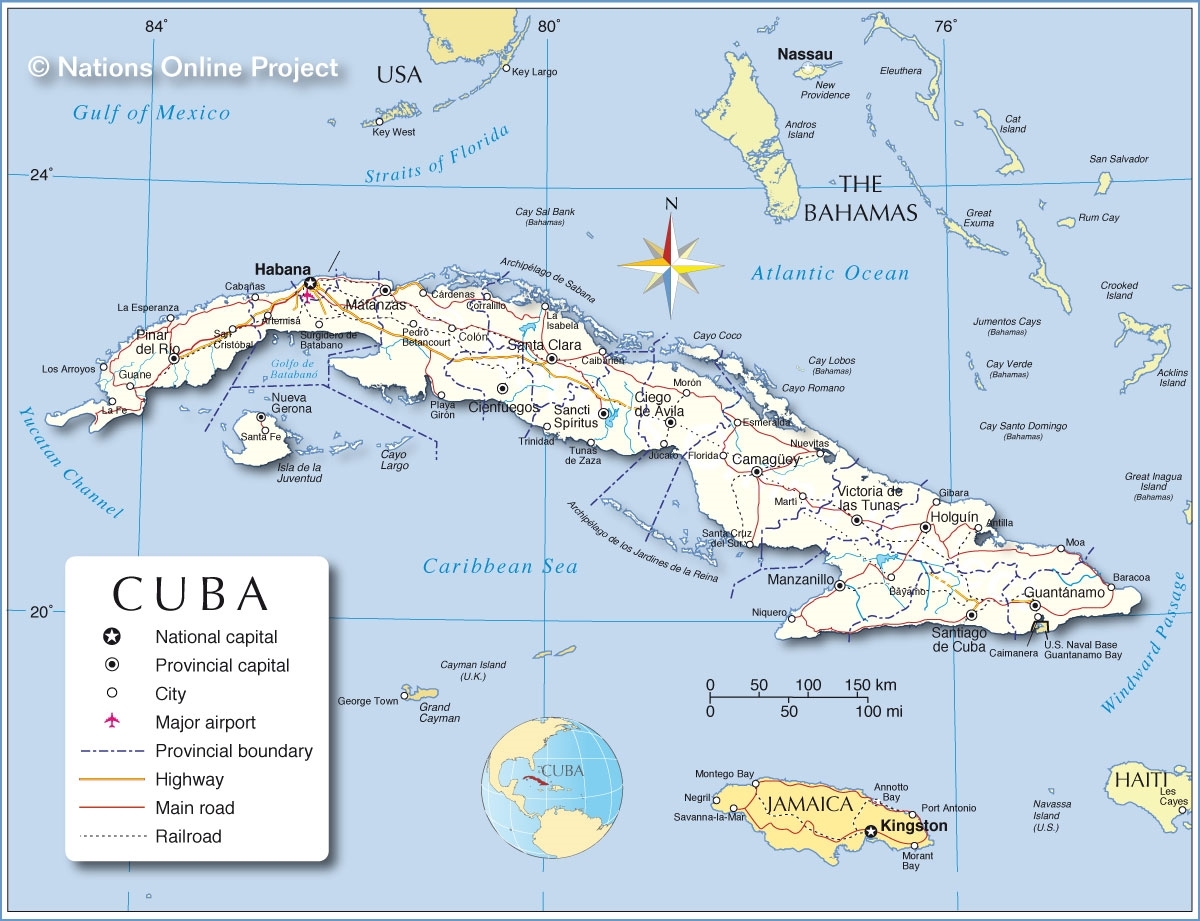US Department Of State Report On Drug And Chemical Control: Cuba
/United States Department of State
Bureau for International Narcotics and Law Enforcement Affairs
International Narcotics Control Strategy Report
Volume I
Drug and Chemical Control
March 2017
Cuba (Page 142)
Despite its proximity to the largest exporters of illegal drugs in the hemisphere and the U.S. market, Cuba is not a major consumer, producer, or transit point of illicit narcotics. Cuba’s domestic production and consumption remain low due to active policing, strict sentencing, and nationwide prevention and public information programs. Cuba’s intensive security presence and interdiction efforts have kept supply down and prevented traffickers from establishing a foothold. Cuba concentrates supply reduction efforts by preventing smuggling through territorial waters, rapidly collecting wash-ups, and conducting thorough airport searches. Cuba dedicates significant resources to prevent illegal drugs and their use from spreading, and regional traffickers typically avoid Cuba.
The most recent maritime seizure statistics are from calendar year 2015, during which the Cuban government seized 906 kilograms (kg) of all illegal drugs, including 182 kg of cocaine, 700 kg of marijuana, and 24 kg of hashish oil. During this period, Cuban authorities detected the territorial incursion of 48 suspect “go-fast” boats along the country’s southeastern coast. In 2015, Cuban customs reported disrupting 59 drug possession cases at airports, seizing a total of 82 kg of illegal drugs, including 50 kg of cocaine. Except for two cases involving travelers in transit, all suspects arrested at the country’s airports apparently intended to introduce drugs locally. In July 2016, Cuban judicial authorities sentenced 11 Cuban nationals to 15-30 years imprisonment for smuggling marijuana from Jamaica through Cuba to the Bahamas; this included the extradition of the principal organizer from Jamaica.
With respect to international cooperation, the Cuban government reports 40 bilateral agreements for counterdrug cooperation, including the new U.S.-Cuba counternarcotics arrangement that was signed in July 2016. The U.S. Embassy maintains a U.S. Coast Guard (USCG) liaison to coordinate with Cuban law enforcement. USCG and Cuban authorities share tactical information related to vessels transiting Cuban territorial waters suspected of trafficking and coordinate responses. In addition, direct communications were formally established between the U.S. Drug Enforcement Administration (DEA) and their Cuban counterparts within the Ministry of the Interior’s National Anti-Drug Directorate (DNA) in July. Cuba also shares real-time tactical information with the Bahamas, Mexico, and Jamaica.
Cuba has assisted in U.S. judicial proceedings by providing documentation, witnesses, and background for cases in U.S. state and federal courts. The United States and Cuba continue to hold semi-annual expanded bilateral discussions on law enforcement and counternarcotics cooperation. Enhanced communication and cooperation between the United States, international partners, and Cuba, particularly in terms of real-time information-sharing, may lead to increased interdictions and disruptions of illegal drug trafficking.



